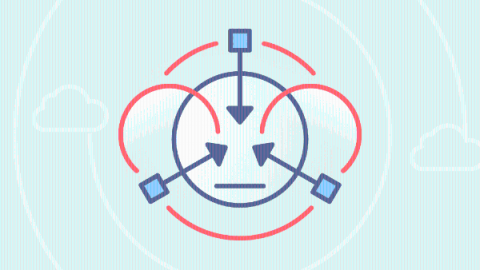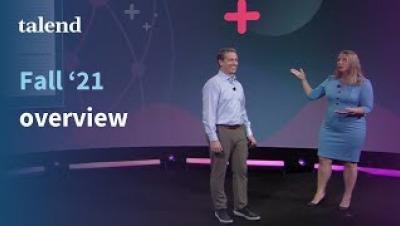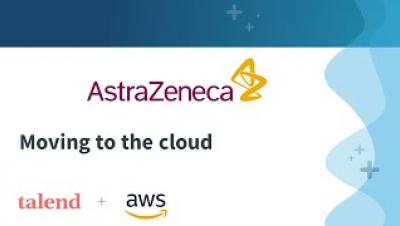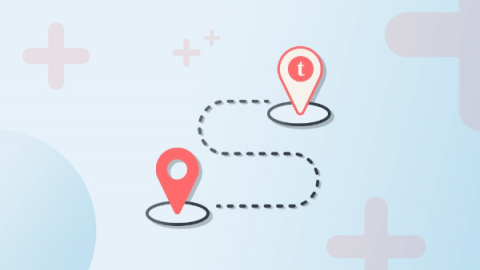Cloud Integration 101
Businesses and organizations of all types have embraced cloud integration to transform data into business intelligence. The reason for this is simple: more and more business operations are happening in hybrid cloud — or even fully cloud-to-cloud – environments, and without proper tools to manage data in the cloud, data can become siloed, overlooked, or lost altogether.











